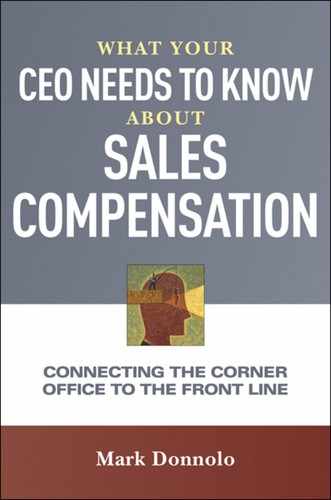CHAPTER 10
Your Strategic Sales Compensation Report Card: Grading Your Plan and Taking Action
DESIGNING A GREAT SALES COMPENSATION PROGRAM that integrates with the Revenue Roadmap can be complex and time consuming, but the return can be significant. In this book, we’ve covered the importance of strategic alignment and the beauty of patience when designing a comp plan. We’ve discussed a range of sales roles and the compensation principles that motivate each role. We’ve explained how crucial it is to differentiate the top performers, how to employ only meaningful performance measures, and how to structure and compensate major account sales teams. We’ve examined approaches to setting quotas, motivating management, and managing change. We’ve seen the most effective roles for a C-level to play in the sales compensation process. In addition, we’ve laid out the best practices from our decades of experience and shared insight from some great sales minds.
So now is the moment of truth: How does your sales compensation plan hold up?
Grade Your Plan
Figures 10-1, 10-2, 10-3, 10-4, 10-5, and 10-6 are report cards containing several categories. Use these categories to evaluate your sales compensation plan. Grade your program according to the dimensions of the Sales Compensation Diamond (from Figure 1-3 in Chapter 1) that articulate the key steps in plan evaluation and design. Select the grade that most closely represents your organization’s performance in each area. (You can also grade yourself online at www.SalesGlobe.com.) Then fill out the report card, have each of your team members do the same, and compare results and potential actions.
FIGURE 10-1. STRATEGIC SALES COMPENSATION REPORT CARD.
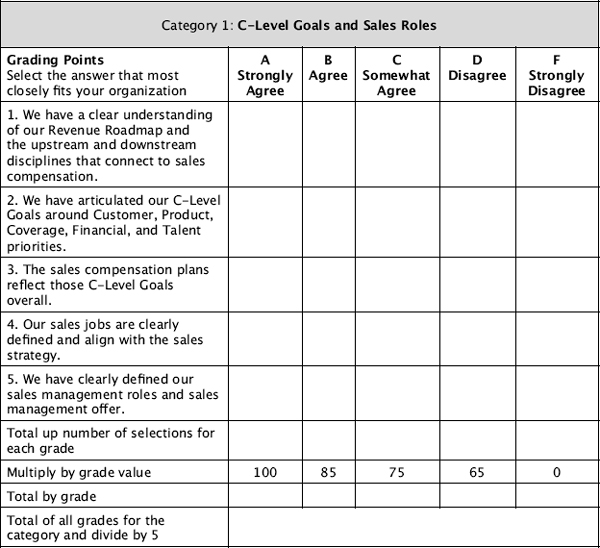
FIGURE 10-2. STRATEGIC SALES COMPENSATION REPORT CARD.

Time for Action
Now that you have filled out your report card, tally up your points for each category and take an average score for each to get your overall results. For each of the categories, identify the lowest grade and determine specific actions you can take to improve that grade.
FIGURE 10-3. STRATEGIC SALES COMPENSATION REPORT CARD.
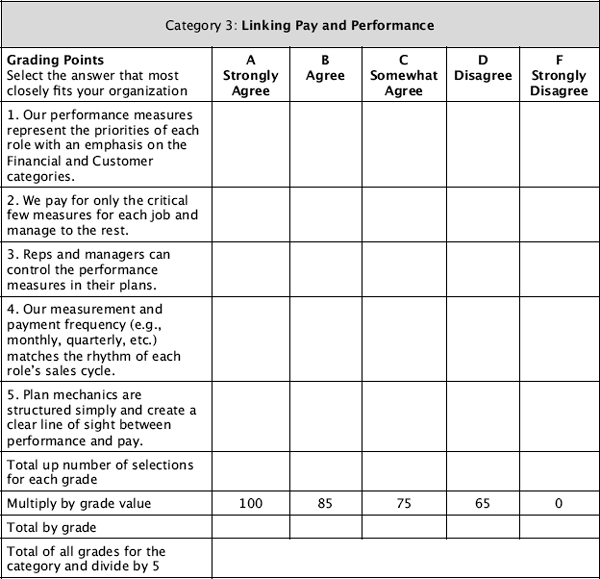
After you and your team grade your compensation plan and review the results, get more specific. Grade your plan for each sales role, using only Category 2: Framing the Plan, Category 3: Linking Pay and Performance, and Category 4: Aligning Team and Financials, since Categories 1 and 5 apply to the business overall.
FIGURE 10-4. STRATEGIC SALES COMPENSATION REPORT CARD.
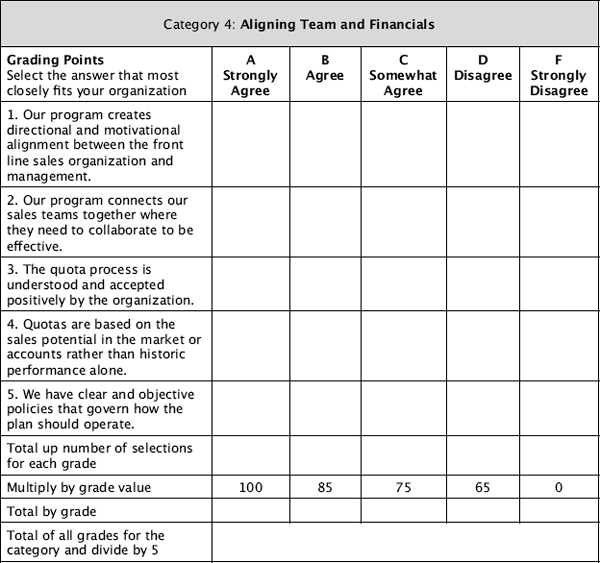
Work through each of your grades and prioritize the areas with the lowest grades and highest potential impact for your organization. Dig back into the principles and tools in this book to understand your Revenue Roadmap, articulate your C-Level Goals, evaluate and design the plan with each component of the Sales Compensation Diamond, get the right type of C-level involvement, and ask the questions on each C-Level Question Dimension. Then implement your plan for change.
When writing this book, we wanted to share a view of sales compensation from an executive perspective to provide insight on how to apply incentives the right way and how to ask the right questions to enable the business to reach its objectives. We hope the stories, practices, tools, and examples will provide you with a set of ongoing, valuable ideas and help you with what you need to know to make your C-level to front line connection with sales compensation.
FIGURE 10-5. STRATEGIC SALES COMPENSATION REPORT CARD.
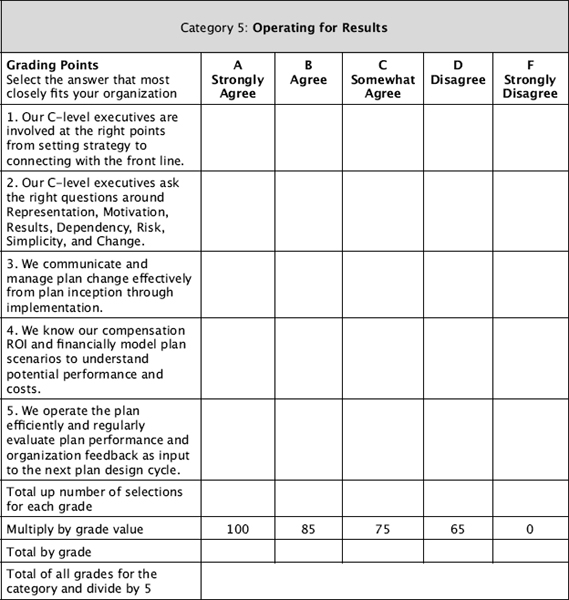
FIGURE 10-6. STRATEGIC SALES COMPENSATION REPORT CARD.

